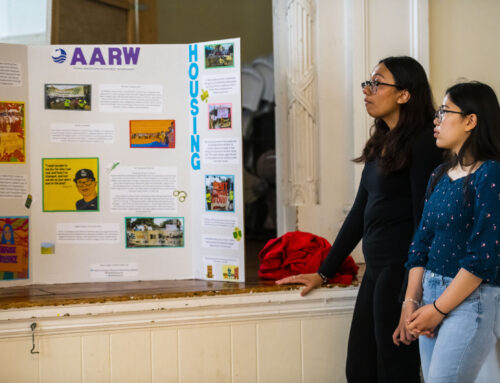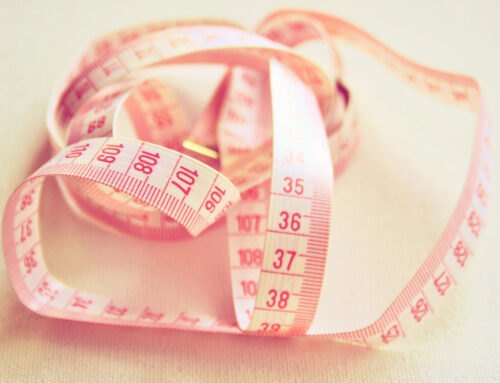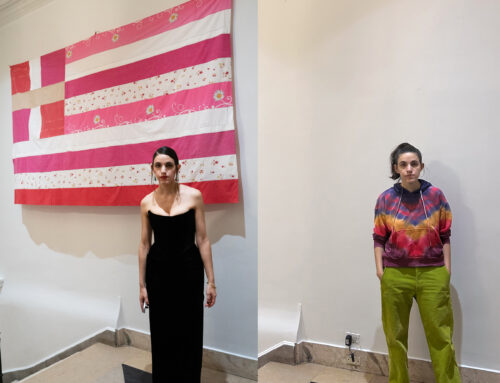Social distancing. Self isolation. Quarantine. These phrases have gained new meanings for us all, unifying us under a shared experience of these words. Although many of us are going through similar emotions of loneliness, confinement, and worry, it has been proven that the coronavirus poses a greater risk to certain groups of people.
As the coronavirus (COVID-19) pandemic continues to spread globally, some health-care professionals and experts have heightened concerns about how the virus could disproportionately impact mothers—women who are making unbounded sacrifices as teachers, nurses, and vital change makers in our dynamic society.
Reports of the new coronavirus first surfaced in early December of 2019 in Wuhan, China’s Hubei Province. According to the World Health Organization (WHO), the main symptoms of the virus are “fevers and lesions in both lungs.” As of late March, more than 500,000 cases of the virus have been reported at global sites, with the United States now having the greatest number of reported cases. Amid these difficult obstacles, female healthcare workers, who make up a shocking 70% of the healthcare workforce, have continued working.
Nancy Nielsen, former president of the American Medical Association (AMA) asserts that it is essential that health-care workers understand the critical risks that they face. They must be “protected with gear to prevent infection,” knowing that this is still not guaranteed protection. “It’s a little scary,” says one registered nurse who works in the Washington, D.C. area. In the past, she reports having to work with patients diagnosed with a variety of illnesses, inclusive of the flu and other communicable infections. Still, the coronavirus is different, she reports. In addition to the virus having no official tested or approved vaccine yet, the rush of people being infected has influenced some healthcare workers being fearful that they may contract it and spread it as well. There have already been many tragic deaths among health-care professionals, both nurses and doctors.
For 27-year-old Zhan Wendan, a nurse in Hubei, China, one of the challenges she and other female co-workers had to face was discussing how to handle menstruation with their supervisor. In Hubei, all medical supplies have to go through authorities to get into the city and thus, into hospitals. Vital menstrual products, such as tampons and hygiene pads, became scarce and difficult to obtain. When her superiors at the hospital, predominantly male healthcare management officials, found out that Zhan and her co-workers were asking for help to get the product, they told the women that they “lacked the spirit of devotion.” This resulted in many healthcare women having to wear an adult diaper or manipulating the occurrence of their periods through birth control pills. In fact, a group of volunteers in Zhan’s hospital sent around 2,000 adult diapers to the hospital for the 500 female medical workers on staff.

Moreover, for hygienic reasons, Zhan and female coworkers were compelled to cut their hair short when they worked in the hospital’s quarantine zone to reduce the risk for infection and contamination. These health workers have consistently showcased their dedication and bravery through their sacrifices made everyday on the frontlines of the coronavirus battle.
In an article published by Quartz, reporters note that a nurse who is nine months pregnant was “pushed to continue working” during the pandemic. Additionally, another “young female nurse went back to work less than 10 days after having an abortion.” While we must revere and remember the roles that female workers have been fulfilling so courageously and compassionately, the many challenges faced by female healthcare workers begs the question: how can our healthcare system balance female equity and patient priority in the coming months?
Although we are at a time where healthcare workers are in high demand and needed in the workplace, their treatment and workplace environments need to be complementary to their inexplicable sacrifice and bravery. In light of this, many internet users have pointed out that male workers have started using the hashtag #SeeingFemaleWorkers, asking people to pay more attention to the women on the frontlines. While many media platforms have rightly invested great energy in updating us about the medical information and statistics of coronavirus, we must equally make a space in media to honor the many heroes working tirelessly to combat the disease.





